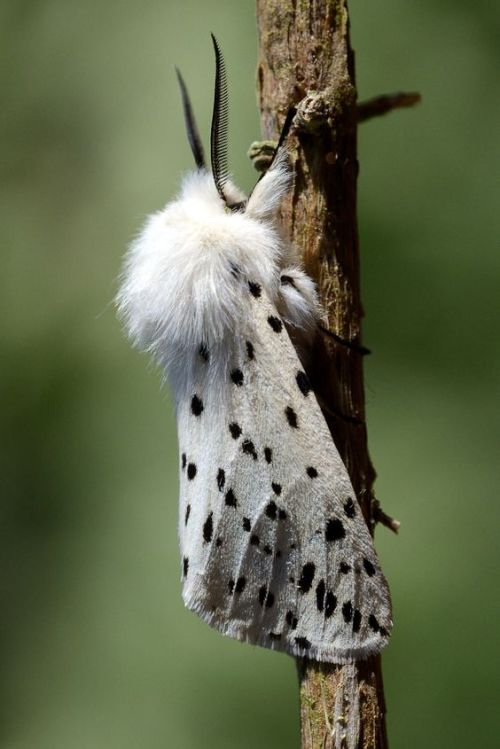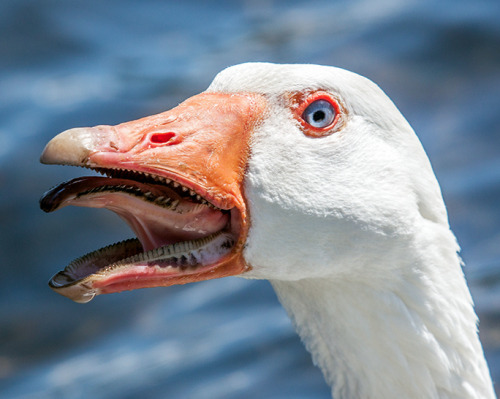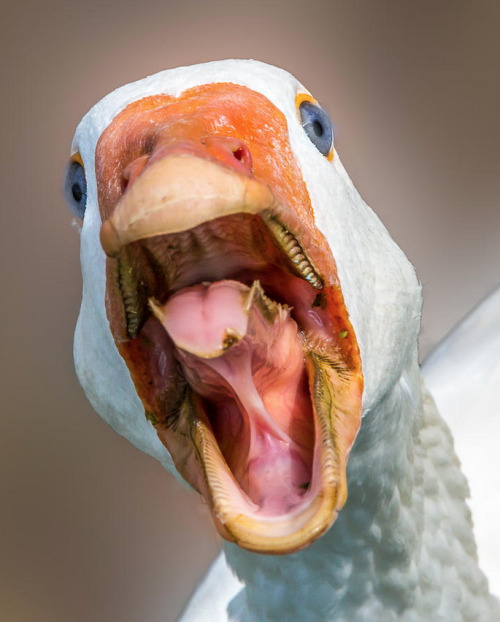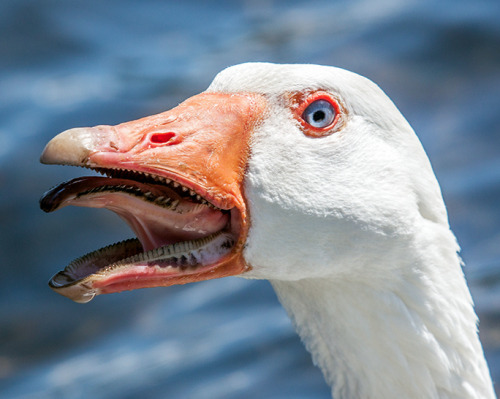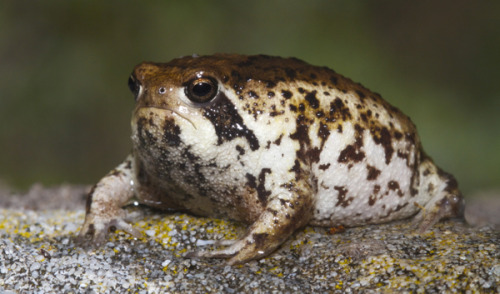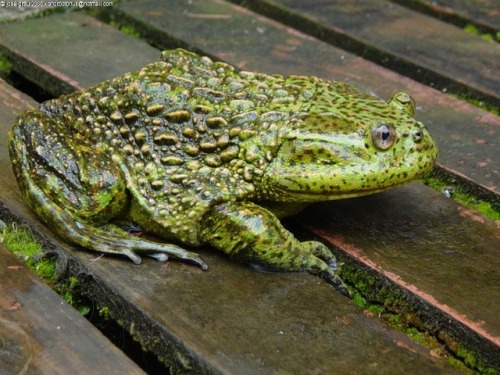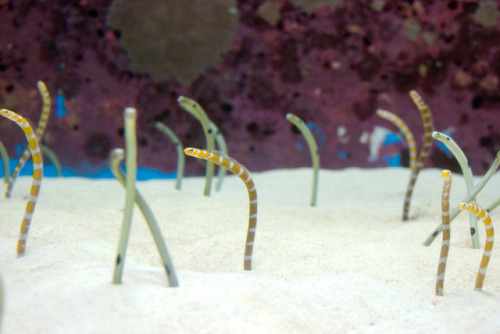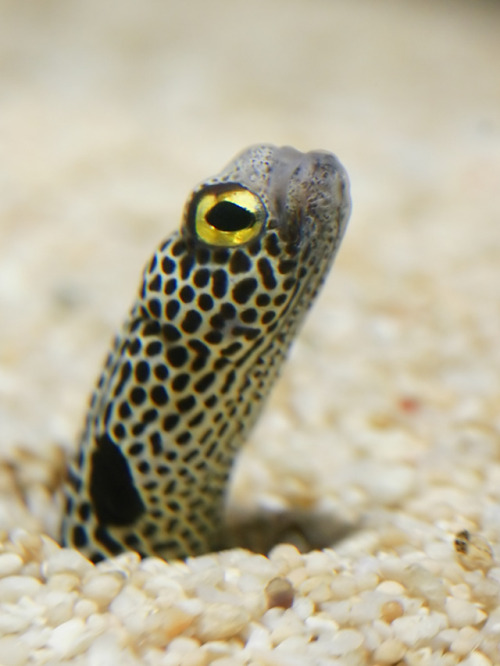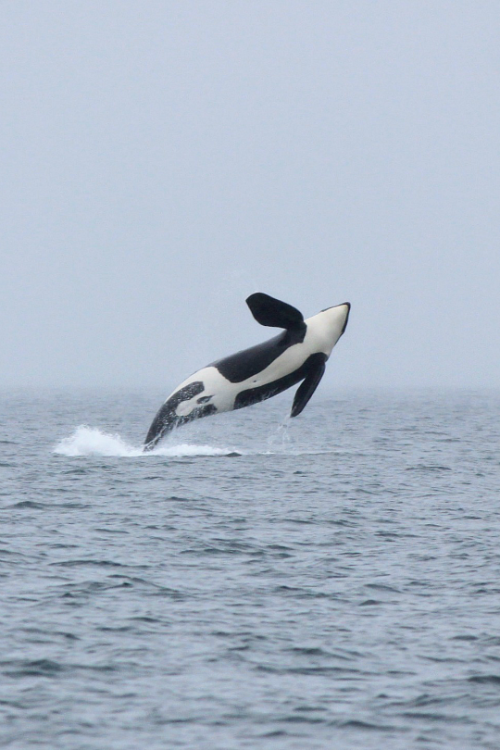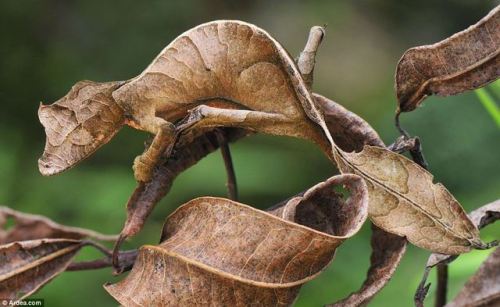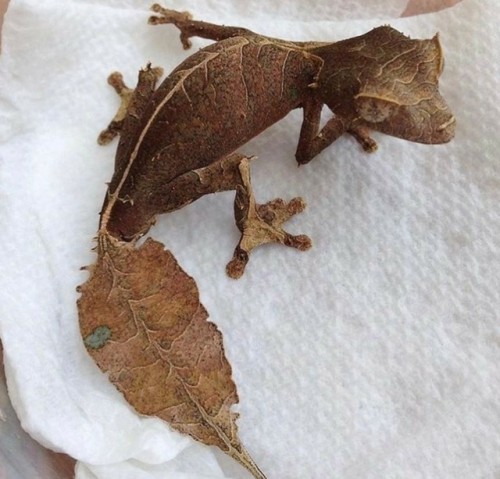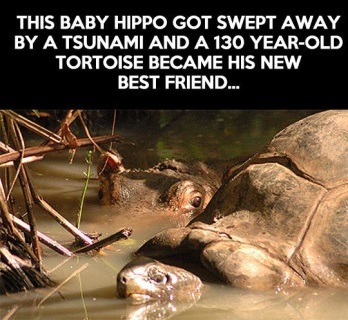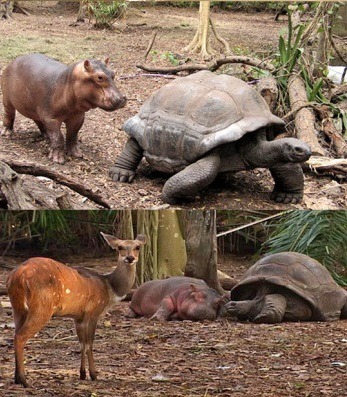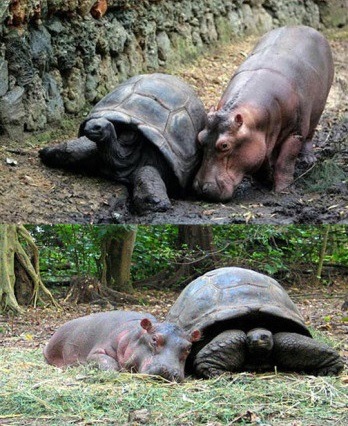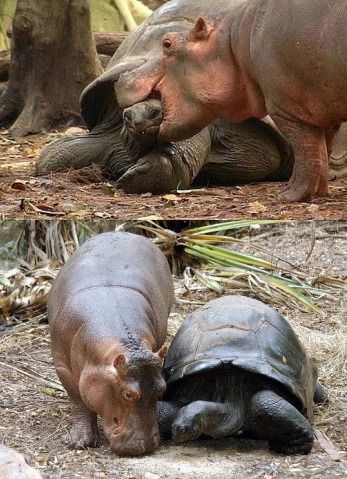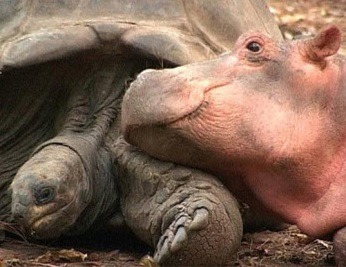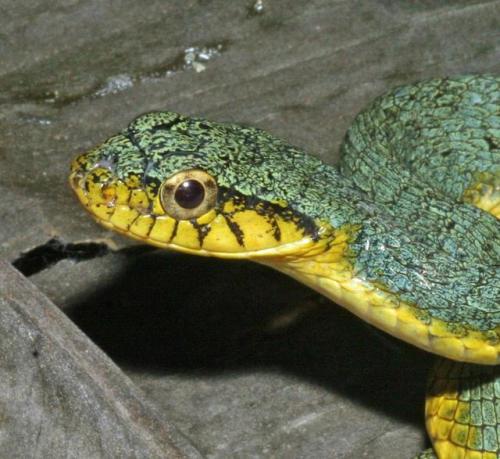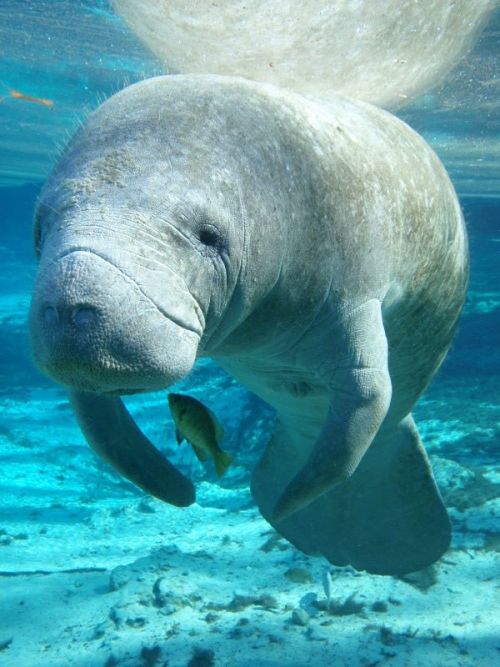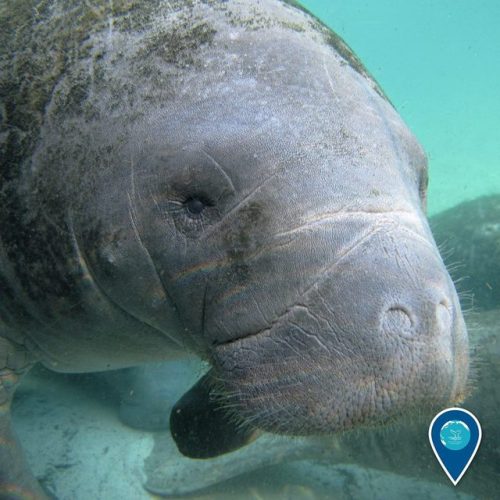#lets go wild
Geese have serrations along their bill and tongue that help with gripping food items. And it gives them a nasty bite.
Post link
Geese Have Teeth?
Geese do not have teeth made of bone and enamel, but have serrated tooth-like ridges of cartilage along the mandibles. These are handy for cutting through grasses and pulling up roots and vegetation from the bottom of ponds.
Geese also have spiky tongues that act like a sieve, allowing the bird to filter food particles from the water.
An agitated goose will chase, bite and hiss at humans, usually by males during nesting season. Goose bites are generally not serious, but they are painful and can leave bruises.
Post link
Desert Rain Frog
Found in Namibia and South Africa, the Desert Rain Frog lives on the narrow strips of sandy shores between the sea and the sand dunes. The locations in which this frog is found have at least one hundred foggy days per year.
It has a distinct feature: On the underside it has a transparent area of skin through which its internal organs can be seen.
Its total range is small and fragmented. The IUCN lists this frog as Vulnerable. It is threatened by habitat loss caused by opencast diamond mining, road making and increased human settlement.
Post link
Helmeted water toad (Calyptocephalella gayi)
The helmeted water toad is found in central Chile, and possibly adjacent west-central Argentina. This very large toad weighs up to 0.5 kg. It is aquatic and found in deep ponds and small reservoirs. It is threatened by capture for human consumption, habitat loss, pollution, and introduced trout. It can reach a snout–to-vent length of up to 12 cm in males and 32 cm in females. Their food in the tadpole stage is vegetation. Adults vary their diets to live animal prey, feeding on fish, invertebrates, small birds, small mammals and frogs.
photo credits: José Grau de Puerto Montt
Post link
Spotted garden eel (Heteroconger hassi)
Spotted garden eels burrow into the sandy sea bottom to make their home. They eat tiny planktonic animals that float by them in the water current. Spotted garden eels live in the warm parts of the Pacific Ocean and the Red Sea in colonies on the sandy flats and slopes that border coral reefs at depths of 7- 45 m. They can also be found in areas dense with seagrass; this makes it easy for them to blend in with their surroundings.They grow to 40 cm in length and have a body diameter of 1.3 cm.
photo credits: temaki,Hans Hillewaert,publicdomainpictures
Why they are called garden eels: Since they tend to live in groups, the many eel heads “growing” from the sea floor resemble the plants in a garden.
Post link
Baweng Satanic Leaf-tailed Gecko
Endemic to Madagascar, the leaf-tailed gecko is somewhat of an expert at avoiding predators, not only through their incredible mimicry of leaves, but through a number of behaviors. They can flatten their body against the substrate to reduce the body’s shadow, open their jaws wide to show a frightening, bright red mouth, and voluntarily shed their tail in order to trick a predator.
Post link
friend
this still cracks me up like can you imagine you’re 130 years old and suddenly a gigantic alien baby starts following you around
This makes me happy. :)
Post link
Green False Viper(Xenodon werneri), from northern South America, is a rear-fanged mildly venomous snake that eats frogs.
photograph by Dick Bartlett
Post link
During winter, manatees migrate to NOAA Florida Keys National Marine Sanctuary in search of warm, shallow waters to escape winter’s chill.
Because manatees tend to hang near the shoreline, munching pounds of seagrass, boat strikes have long been a threat to manatee population. By keeping our eyes out, motors up, and boat speeds low, we can all do our part to help protect these lovable creatures.
(via:NOAA Office of National Marine Sanctuaries)
Photographs: USFWS and Bob Bonde/USGS
It’s Manatee Appreciation Day! These gentle giants can grow to over 14 feet in length and weigh in at over 3,000 pounds. Also, known as “sea cows,” manatees feed on seagrasses and other aquatic plants. Today, the total population is estimated to be at least 13,000 manatees, with more than 6,500 in the southeastern United States and Puerto Rico. When aerial surveys began in 1991, there were only an estimated 1,267 manatees in Florida.
Post link

